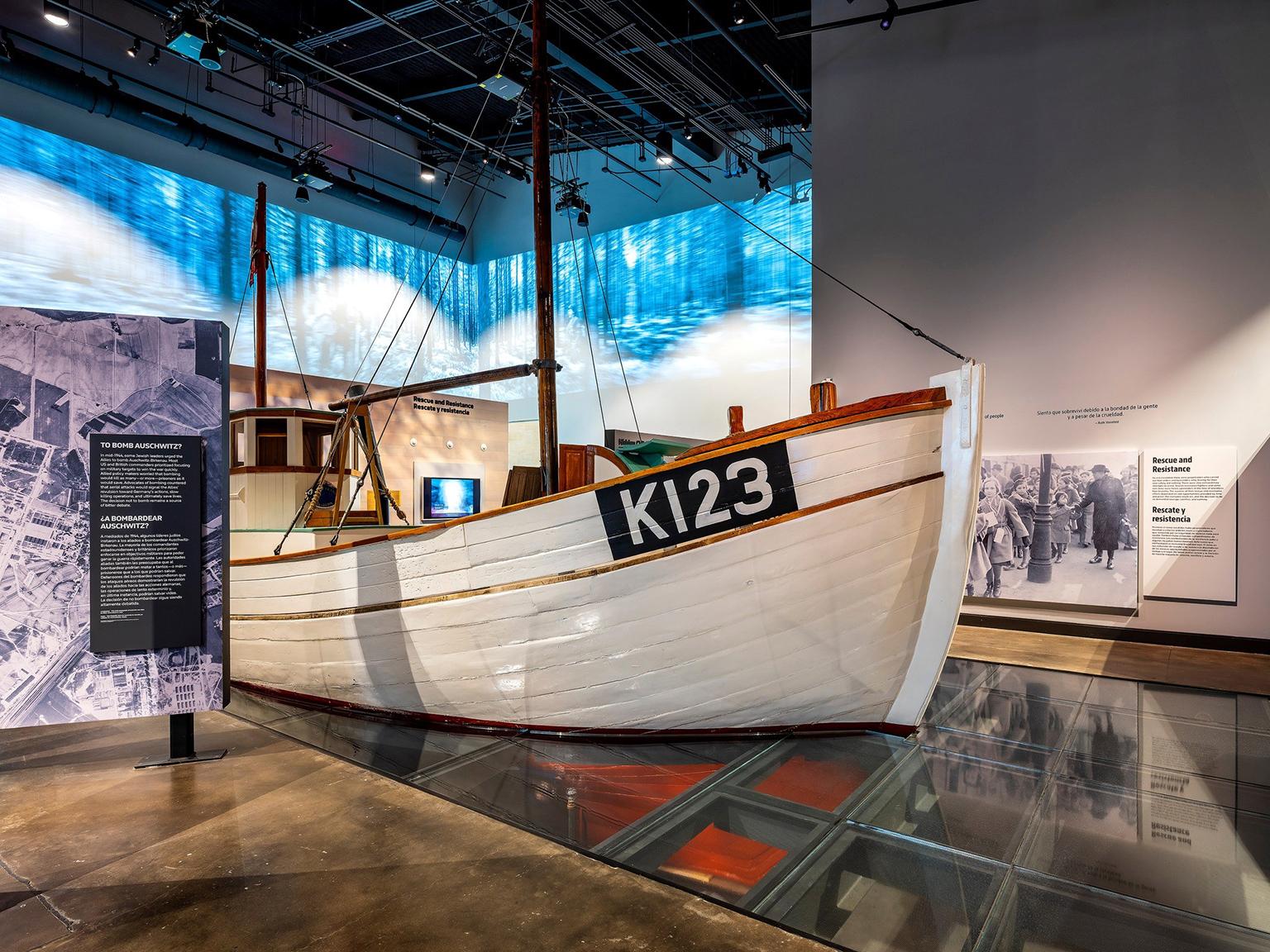
In museum and gallery design, creating spaces that are not only visually compelling but also engaging and informative is paramount. Glass flooring has emerged as a transformative element in this pursuit, offering new dimensions to the exhibition experience. By integrating glass floors into museums and galleries, designers can captivate visitors in unprecedented ways, turning ordinary spaces into extraordinary showcases of art and history.
A New Perspective on Exhibits
Glass flooring can offer visitors unique vantage points and perspectives, allowing them to view artifacts and artworks from angles previously unattainable. Imagine the intrigue of viewing ancient relics or contemporary installations from a bird’s-eye view or peering down through a transparent floor to artifacts displayed below. This innovative approach to exhibit layout not only enriches the visitor experience but also opens up creative avenues for curators and designers.
Illuminating Art with Natural Light
One of the most significant benefits of incorporating glass floors into museums and galleries is the enhanced natural light it allows into the space. Natural light can play a crucial role in how art is perceived, bringing out the true colors and textures of each piece. Glass flooring can help distribute light more evenly throughout the space, reducing the need for artificial lighting and showcasing artworks in their best light.
Maximizing Space and Flow
Museums and galleries often face the challenge of limited space and the need to manage visitor flow efficiently. Glass floors can create an illusion of more space, making galleries feel larger and more open. This not only improves the aesthetic appeal of the space but also aids in crowd management, guiding visitors through the exhibition in a seamless and unobtrusive manner.
Protecting Historic Exhibits
Incorporating glass flooring into museum and gallery spaces does more than just enhance aesthetics; it plays a crucial role in protecting historic exhibits. With the capacity to support heavy foot traffic while preventing direct contact with precious artifacts, glass floors provide an ideal solution for preserving historical integrity. These floors can be customized with UV-filtering capabilities to shield sensitive artifacts from harmful sunlight, ensuring that they are preserved for future generations. This protective measure is particularly valuable in settings where preservation and public accessibility need to be balanced meticulously.

Displaying Memorabilia
Glass flooring also offers a novel way to display memorabilia, making it a standout choice for exhibitions that aim to showcase cultural artifacts in a dynamic context. By allowing curators to place items beneath walkable, clear surfaces, visitors can experience a close-up view without the risk of damage. This method not only secures the artifacts but also creates a more immersive viewing experience. Whether it’s sports memorabilia, historical documents, or archaeological finds, glass floors can transform how items are presented, making every angle and detail visible and striking.

Glass flooring offers museums and galleries an unparalleled opportunity to enhance the visitor experience, providing new perspectives on exhibits, maximizing natural light, and contributing to the efficient use of space. With advancements in safety and durability, along with its aesthetic versatility, a glass floor is an innovative solution that can transform exhibition spaces into engaging, memorable environments. Embrace the potential of glass floors to create museum and gallery experiences that visitors will remember long after their visit.
At Glass Flooring Systems the possibilities are limited only by your imagination.
.png)




